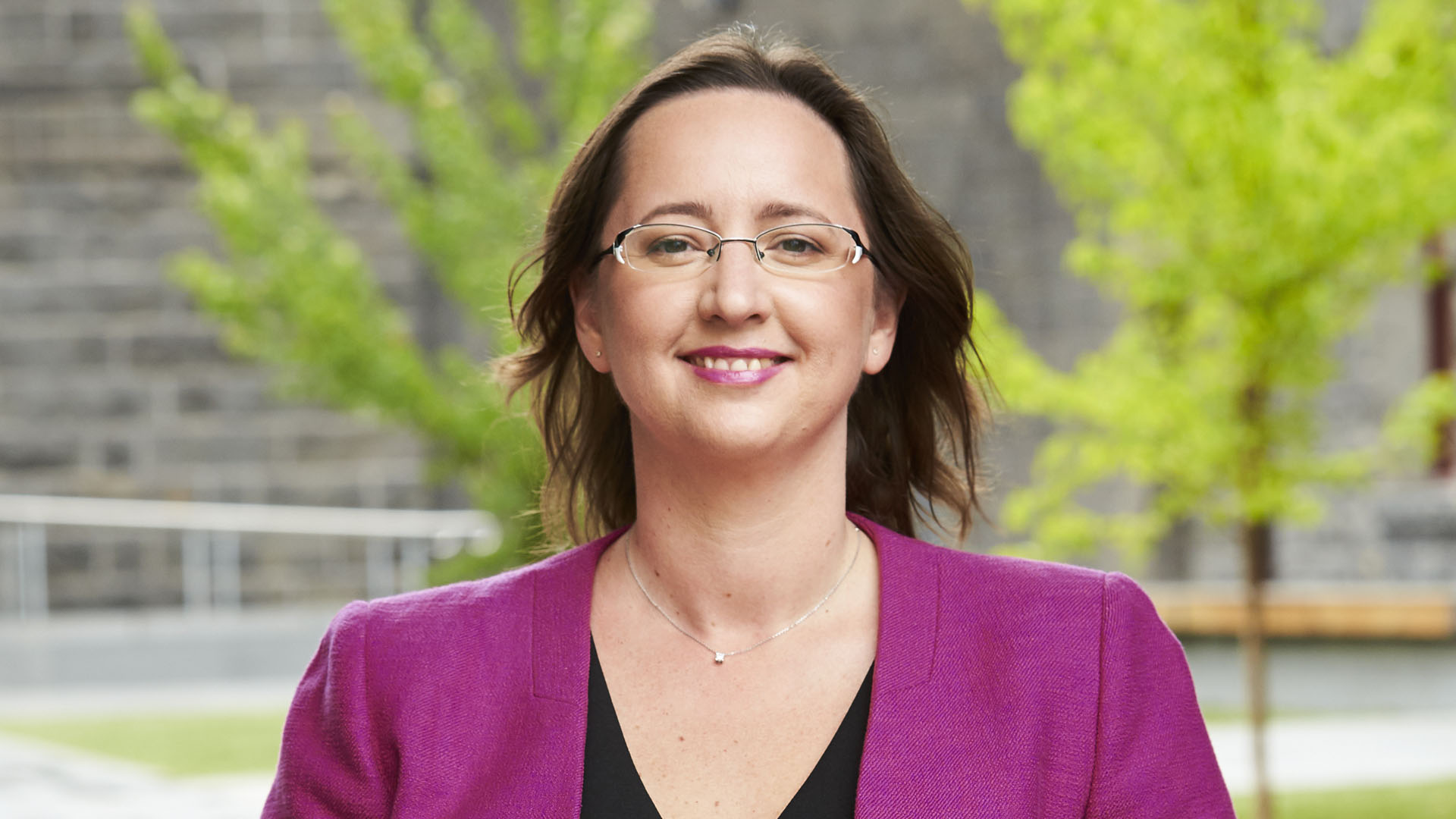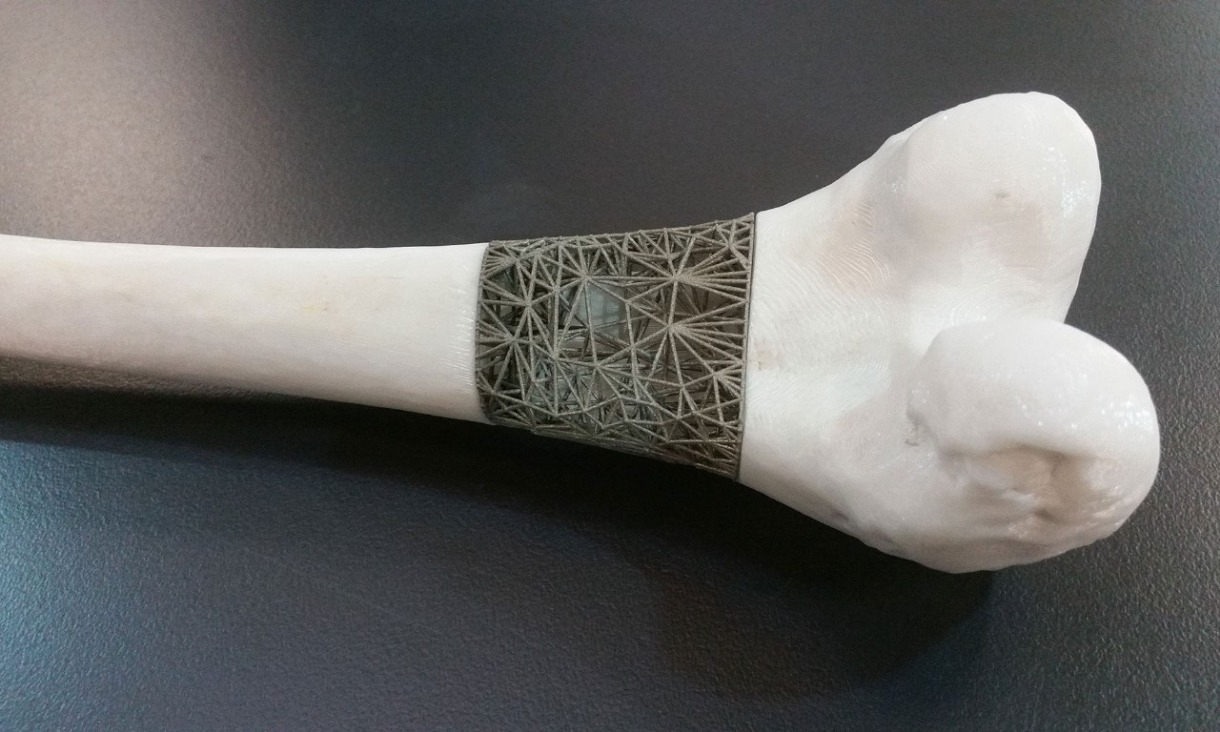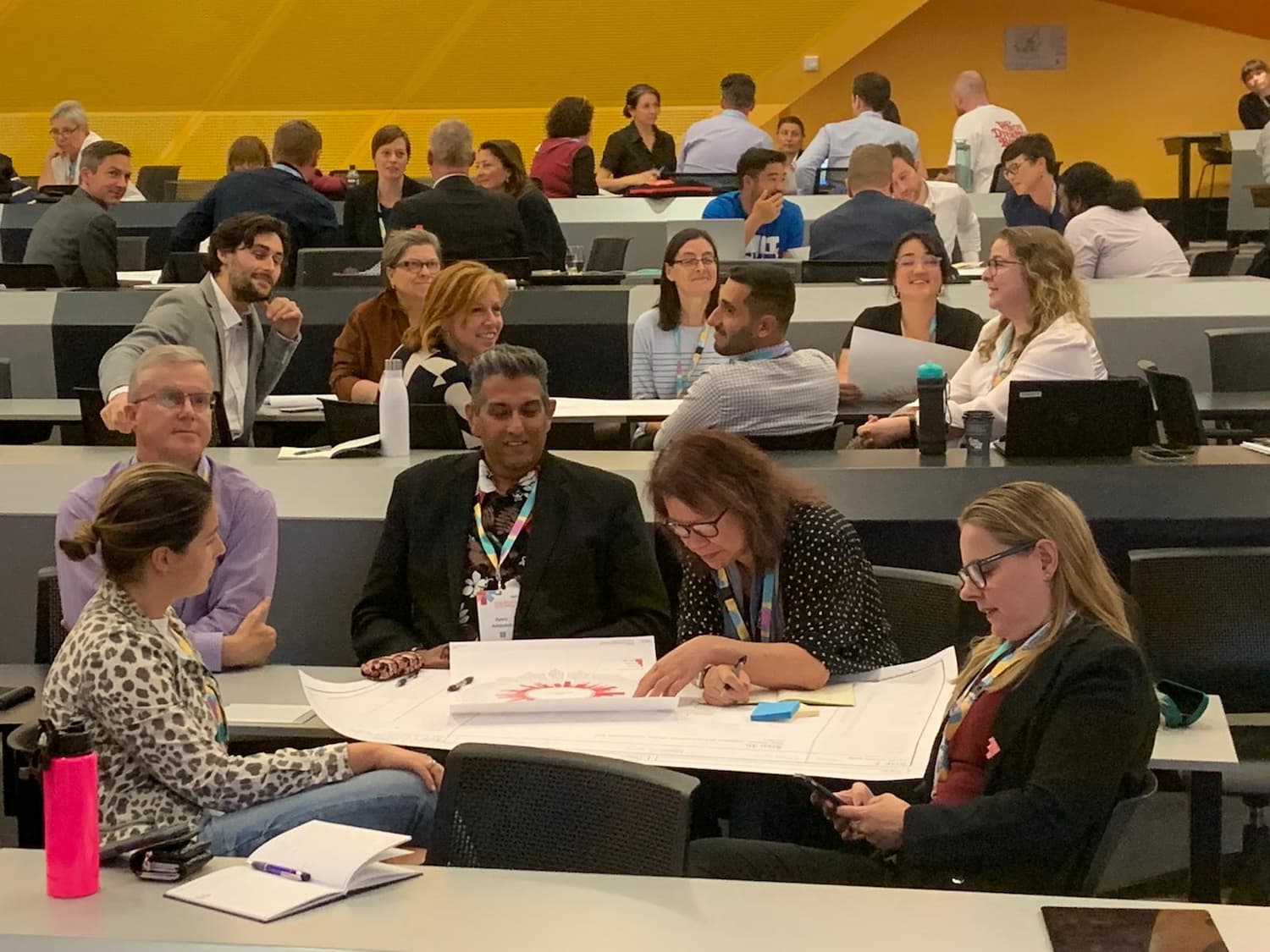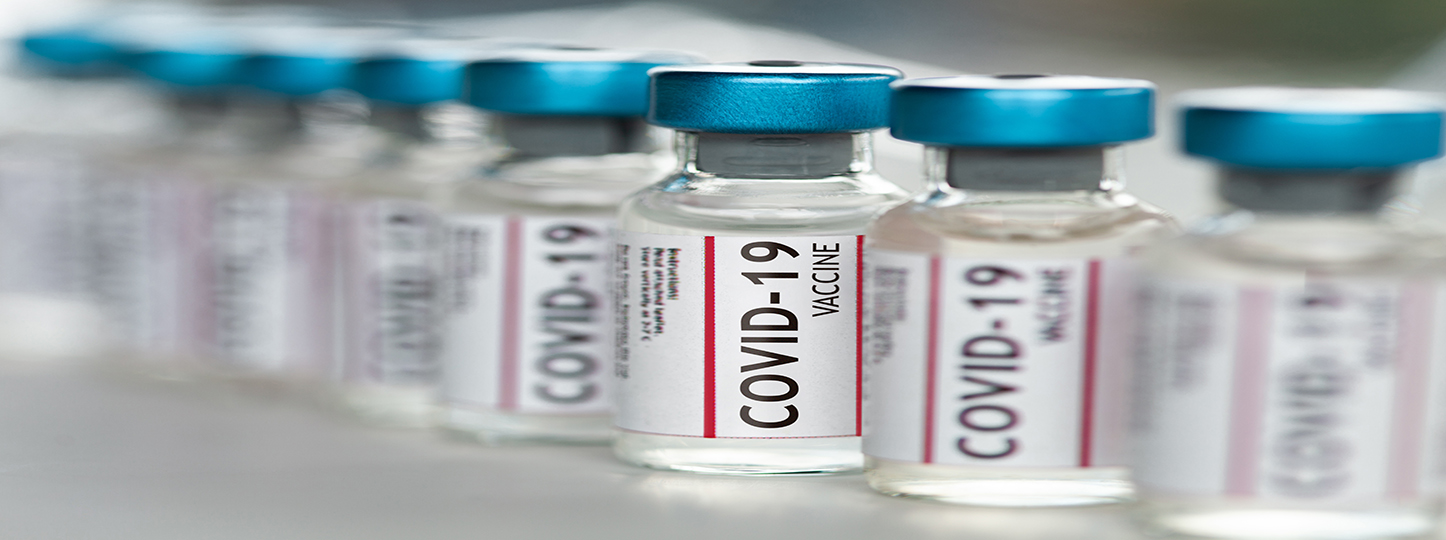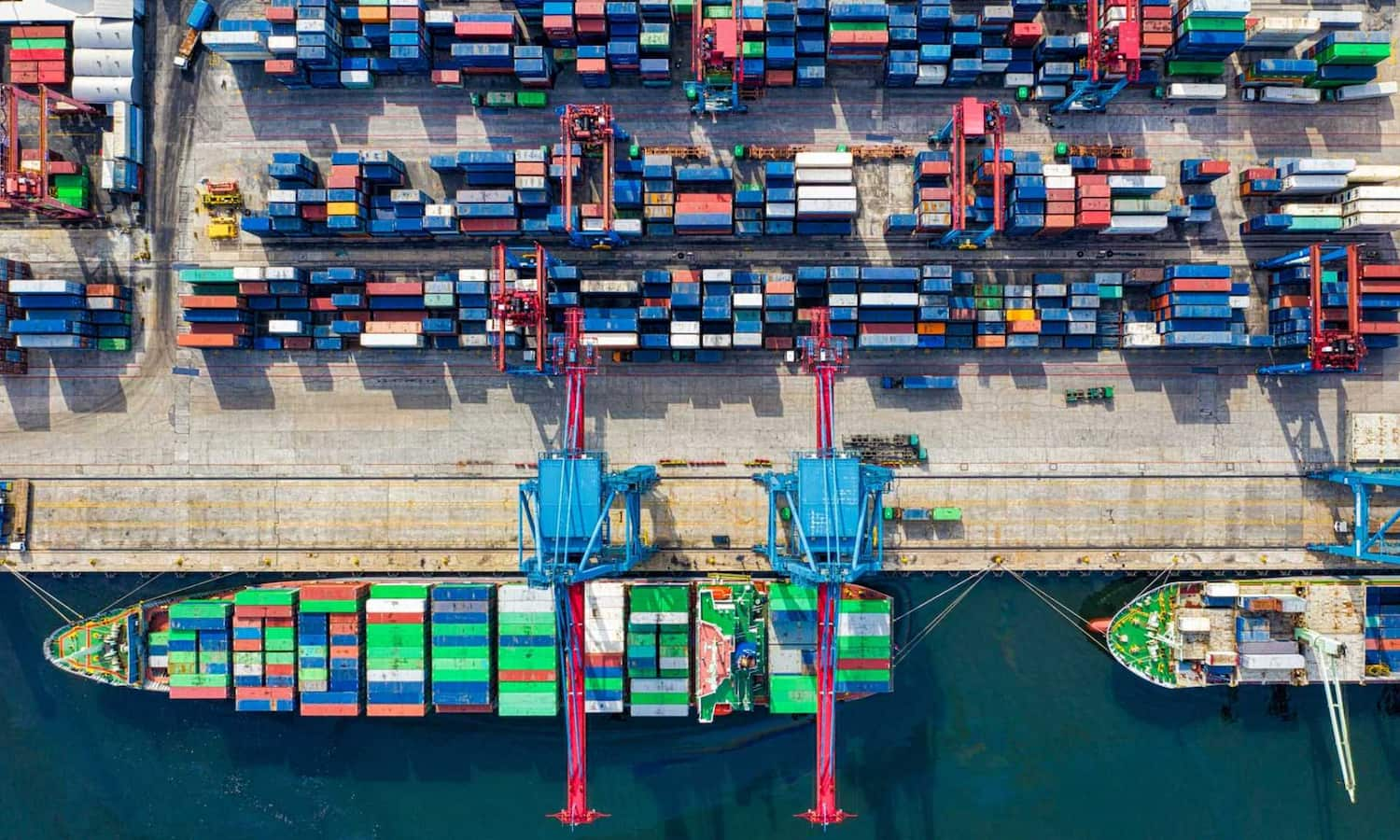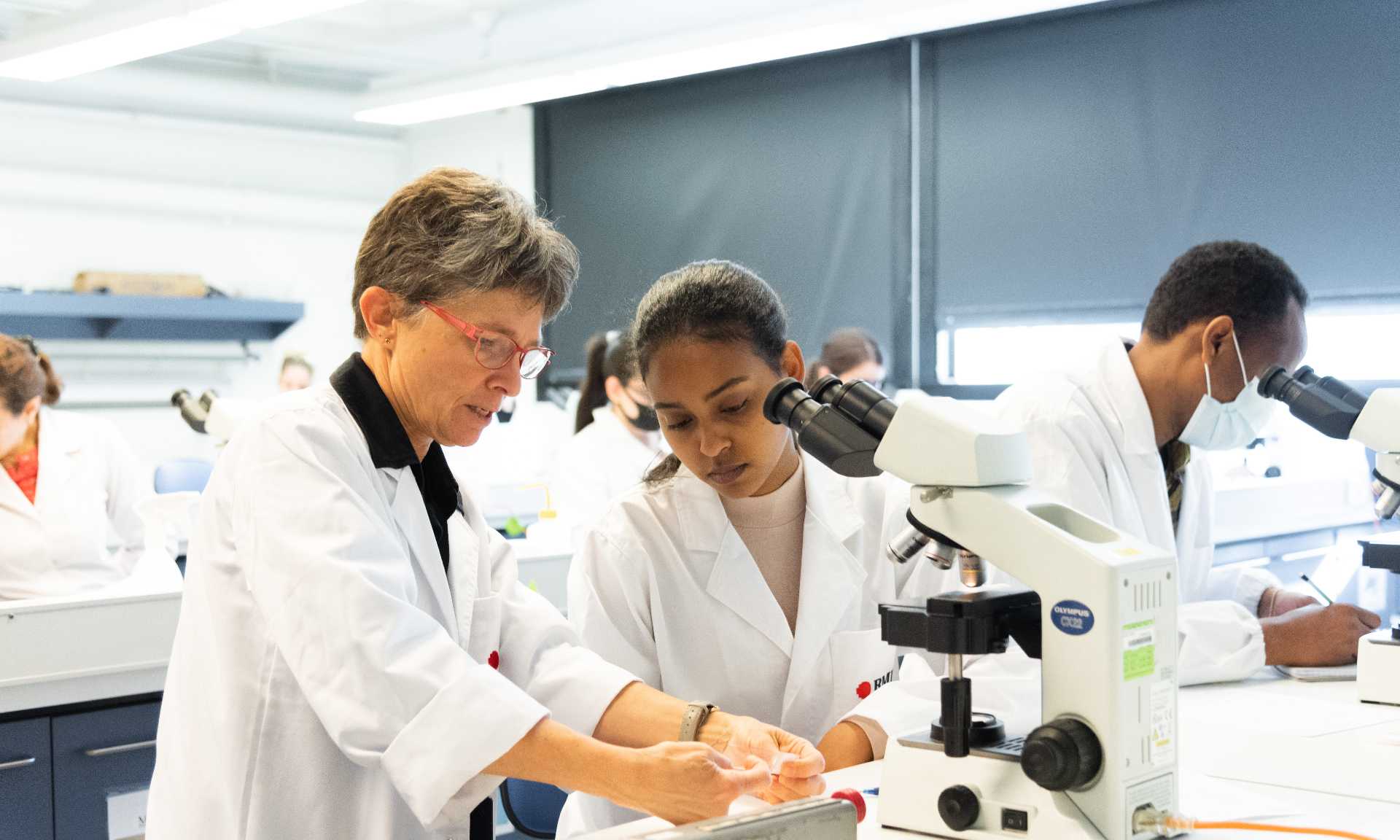[Start transcript]
[Female]
Sci-fi is suddenly a reality. People will see that we can actually grow organs. You know, we can replace the body with synthetic elements.
[Alex Kingsbury]
Today we are launching two White Papers. Looking at what are the barriers to 3-D printed medical devices in Australia. And proposing solutions to those as well, as a result of two years' worth of work here at RMIT.
[Sam Tavassoli]
These kinds of technologies can lead to the expansion of the industry and create more jobs.
[Rachel Caruso]
There was a really wide range of people on the panel who are looking at it from very different perspectives. From the SMEs through to the insurers, through to surgeons.
[George Faithfull]
Due to 3-D printing, we can actually manufacture a surface that otherwise would not be manufacturable.
[Mick Shaddock]
It provides the capability to address some very challenging anatomy deformities. Also, major reconstructive procedures.
[Alex Kingsbury]
We can create completely customised or personalised patient-specific medical devices.
[George Faithfull]
Just think of it. Instead of having to send something from overseas to here, it can be manufactured right there.
[Dr Jasamine Coles-Black]
It's a very new space and it is only something that is being done for select patients.
[Stan Goldstein]
There are still questions as to when it's applicable, when it's not applicable and how much it's going to cost us.
[Anne-Laure Mention]
We need to think about new ways to collect evidence, collect data. To accommodate with the fast-paced of technological innovation.
[Stan Goldstein]
There is a need to create evidence. How can we do it in a field that is different? Where you are talking about customised devices.
[Sam Tavassoli]
It requires hospital to collaborate and provide the data. It requires patient and surgeons to provide follow-up studies. Collaboration is key to overcome most of the barriers.
[Rachel Caruso]
The panellists were amazing.
[Dominic Parsonson]
RMIT is really excellent at ensuring that we look at a broad range of stakeholders, a broad range of industries.
[Dr Jasamine Coles-Black]
We might not be aware of all the different problems that are out there, because we only see things from our discipline. So, I think it's really important to get everybody in the same room at an event like this and talk about it.
[Dominic Parsonson]
Where we need to improve in Australia is the sharing of what we do well, and that will then encourage other surgeons to take the leap and make the change.
[Stan Goldstein]
It's great that the University is taking a role and making things happen.
[Gerard Roe]
To actually see it come to fruition when the White Paper was published was very positive.
[Sam Tavassoli]
There was good questions from the audiences, good engagement. There was interest.
[Ivan Cole]
It's events like this that we actually really take in what are people saying.
[Dr Katrina Skellern]
We need to have these discussions to work out how industry and all the different stakeholders can help push those boundaries to create innovation and create the next technology.
[Dominic Parsonson]
There are lots of small Australian companies doing absolutely incredible things, exporting around the world. I really think the future is bright.
[Alex Kingsbury]
We are talking about a lot of new different business models here with 3-D printing technologies.
[Dr Katrina Skellern]
It's just a matter of building that momentum.
[End transcript]

